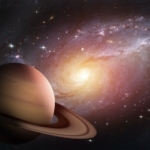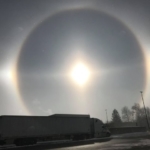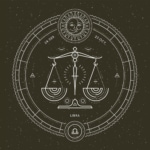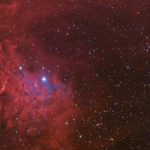Canes Venatici: The Hunting Dogs In The Sky
Learn about some of the dogs roaming the night sky and the job they have in the heavens.
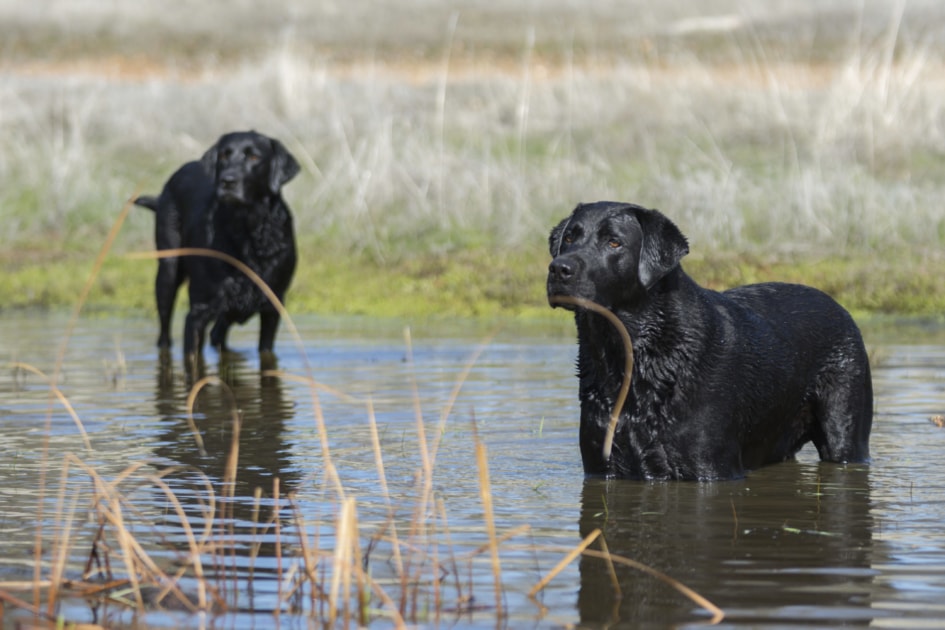
Soaring high in the eastern sky during the mid-to-late evening hours and almost overhead at midnight are the two stars that comprise the constellation Canes Venatici, also known as the Hunting Dogs. Situated at approximately one-third of the distance from the end of the handle of the Big Dipper, these celestial canines were positioned to aid Boötes, the Bear Driver, in his daily pursuit of the constellation Ursa Major, also known as the Big Bear, around the celestial pole.
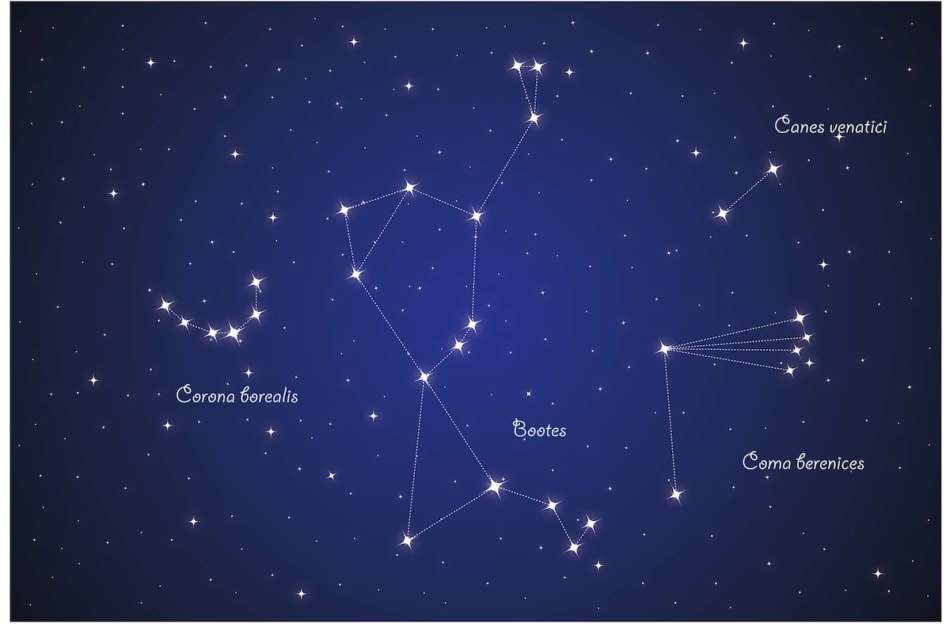
There are only two stars that mark the Hunting Dogs, with Cor Caroli being the brightest. It is known as “the Heart of Charles.” According to a popular story, the star was named by Edmund Halley in honor of King Charles II of England. The suggestion to name it came from Sir Charles Scarborough, the court physician, who claimed that “. . . it shone with a special brilliance on the eve of the King’s return to London on May 29, 1660.”
However, upon further investigation into the history of this particular star, it has been discovered that its original name was “Cor Caroli Regis Martyris,” which was a tribute to Charles I, who was executed. Cor Caroli represents the position of “Chara,” one of the two hunting dogs in the mythological depiction of the constellation. The other dog, named Asterion, is indicated by another, less visible star.

Joe Rao
Joe Rao is an esteemed astronomer who writes for Space.com, Sky & Telescope, and Natural History Magazine. Mr. Rao is a regular contributor to the Farmers' Almanacand serves as an associate lecturer for the Hayden Planetarium in New York City.


